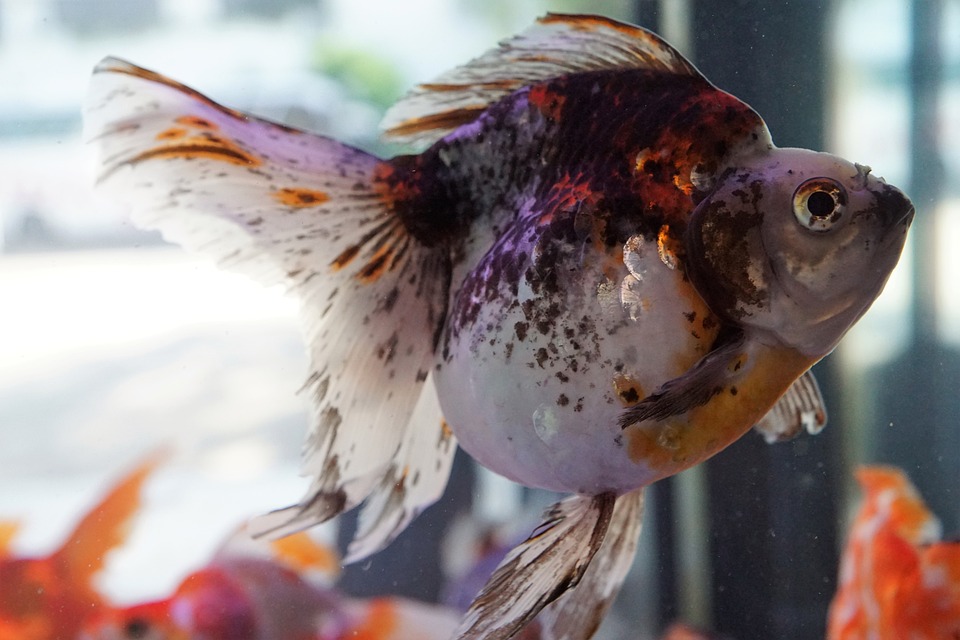Title: Preventing and Managing Fish Tank Bacterial Infections: A Comprehensive Guide
Introduction
Maintaining the health of fish in aquariums is of utmost importance to ensure their longevity and well-being. Understanding the role of bacteria in fish tank infections and implementing proactive measures for prevention and management are crucial for a successful aquarium experience.
1. Recognizing Fish Tank Bacterial Infections
Being able to identify the symptoms and signs of bacterial infections is vital for prompt treatment. Common signs include lethargy, loss of appetite, abnormal swimming patterns, and visible sores or lesions on the fish’s body. Different types of bacterial infections, such as fin rot, columnaris, and mouth rot, have distinct characteristics that aid in their identification. Early detection is essential for effective treatment and preventing the spread of infection.
2. Essential Steps for Preventing Bacterial Infections
Maintaining optimal water quality and conditions is key to preventing bacterial infections. Regular testing and monitoring of water parameters, such as ammonia, nitrite, and nitrate levels, help ensure a healthy environment for fish. Proper filtration and aeration systems are necessary to remove waste and provide adequate oxygenation. Maintaining suitable temperature and pH levels specific to the fish species is also crucial. Additionally, maintaining a balanced fish population and providing adequate tank size helps reduce stress and the risk of infections. Quarantine procedures for new fish and plants before introducing them into the main tank are essential to prevent the introduction of pathogens.
3. Effective Management of Fish Tank Bacterial Infections
If a bacterial infection is detected, swift action is necessary to prevent further complications. Isolating infected fish in a separate tank minimizes stress and reduces the chances of spreading the infection to other tank inhabitants. Administering appropriate medications, such as antibiotics, is often required. It is important to follow the instructions provided by a veterinarian or knowledgeable fish expert regarding the type, dosage, and duration of antibiotic treatments. Natural remedies and alternative treatments can also be considered, but their efficacy may vary. Daily observation and monitoring of infected fish are crucial to track progress and make necessary adjustments. Ensuring a balanced diet and proper nutrition helps boost the fish’s immune system and aids in their recovery.
4. FAQs (Frequently Asked Questions)
Addressing common concerns and queries about fish tank bacterial infections can help aquarium enthusiasts understand the topic better. Questions such as the contagiousness of infections, the use of over-the-counter antibiotics, potential side effects of treatments, prevention strategies when introducing new fish, natural remedies, the role of water quality, persisting infections, preventing infections in crowded tanks, and the transmission of infections to humans should be answered.
Conclusion
Maintaining fish tank health requires proactive prevention and management of bacterial infections. Regular maintenance, proper care, and observation are essential to ensure the well-being of fish. Seeking professional help when necessary, such as consulting a veterinarian or experienced fish expert, can provide valuable guidance. By following the comprehensive guide outlined in this article, aquarium enthusiasts can enjoy a thriving aquarium while ensuring the happiness and health of their fish.









